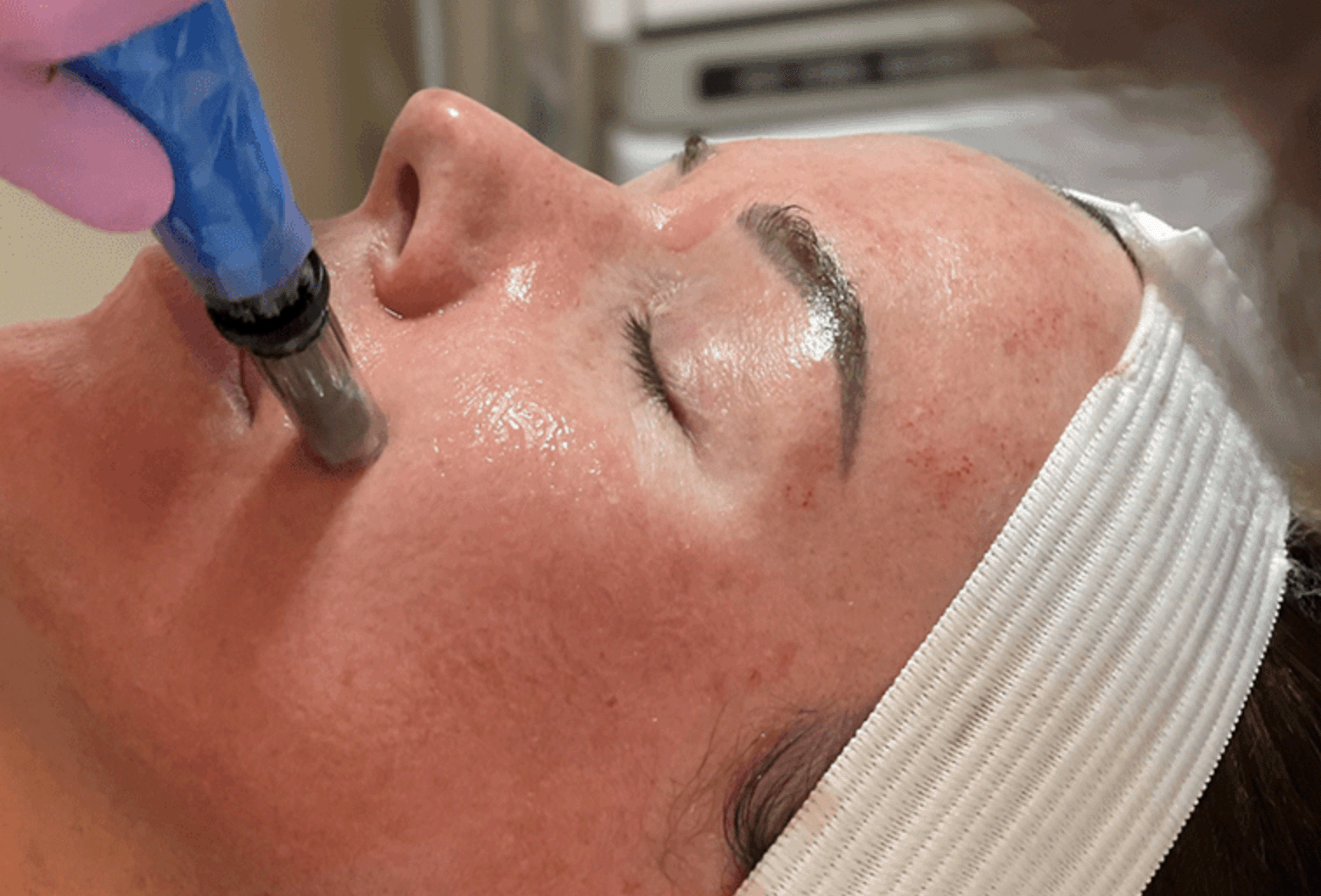Microcurrent vs. Microneedling: A Guide to Skin Rejuvenation Treatments
Introduction: Microcurrent vs. Microneedling
When it comes to achieving youthful, radiant skin, there are a plethora of treatments available, each claiming to offer remarkable results. Among the popular options are microcurrent therapy and microneedling, both known for their skin rejuvenating effects. In this blog post, we will explore the differences between microcurrent therapy and microneedling, examining their mechanisms, benefits, and considerations to help you make an informed decision for your skincare regimen. Microcurrent vs. Microneedling
Understanding Microcurrent Therapy:
Microcurrent therapy is a non-invasive treatment that utilizes low-level electrical currents to stimulate cellular repair and promote collagen and elastin production. The treatment aims to tighten and tone the skin, improve circulation, and reduce the appearance of fine lines and wrinkles. Microcurrent vs. Microneedling
Mechanism and Application: Microcurrent vs. Microneedling
During microcurrent therapy, a gentle electric current is applied to the face using specialized devices. The current mimics the body’s natural electrical signals, stimulating the facial muscles, speeding up cellular healing and tissue repair* and promoting the production of ATP (adenosine triphosphate), the energy currency of cells. This increased cellular turn-over will lead to improved skin elasticity and a more youthful appearance.
*read more about how microcurrent is proven to speed up the cellular regeneration process on our Science page.
Benefits and Limitations:
Microcurrent therapy offers a range of potential benefits for the skin, including improved facial muscle tone, enhanced circulation, fading of dark spots and increased production of collagen and elastin. The treatment can help reduce the appearance of fine lines and wrinkles, tighten sagging skin, and promote a youthful glow. It is non-invasive, painless, and generally well-tolerated, with zero downtime. However, the results of microcurrent therapy may vary depending on individual factors (that we will help you with in order to maximize your results!), and multiple sessions are typically recommended for optimal outcomes.
Exploring Microneedling:
Microneedling, also known as collagen induction therapy, involves the use of a device with fine needles that create controlled micro-injuries in the skin. (ouch!) These micro-injuries stimulate the skin’s gradual healing processes, hopefully leading to collagen and elastin production, skin rejuvenation, and the improvement of various skin concerns.
Mechanism and Application:
During a microneedling treatment, a pen-like device or roller equipped with tiny needles is rolled over the skin. The needles create microscopic punctures (yes, you will be bleeding), which trigger the body’s wound healing response (however that response is not quickened like with microcurrent). This can prompt the production of new collagen and elastin fibers, ideally leading to improved skin texture, reduction in the appearance of scars, wrinkles, and hyperpigmentation.
Benefits and Limitations:
Microneedling is known for its ability to address various skin concerns, including acne scars, fine lines, wrinkles, uneven skin tone, and texture irregularities. It can enhance the skin’s overall appearance, promote collagen synthesis, and improve the absorption of topical skincare products. Microneedling treatments are customizable, allowing for adjustments in needle depth based on the specific skin concerns being addressed. However, it is important to note that microneedling is painful and may cause temporary redness, swelling, and skin sensitivity. Proper aftercare and sun protection are crucial during the healing process.
Choosing the Right Treatment for Your Skin: Microcurrent vs. Microneedling
When deciding between microcurrent therapy and microneedling, it’s important to consider your specific skin concerns, desired outcomes, and tolerance for different treatment approaches.
Microcurrent therapy is ideal for individuals seeking a non-invasive, painless treatment that targets facial muscle tone, scars, and overall skin rejuvenation. It is ideal for those who want to address fine lines, wrinkles, uneven skin texture, hyperpigmentation, and sagging skin with zero downtime.
Microneedling, on the other hand, is well-suited for individuals with concerns such as acne scars, uneven skin texture, and hyperpigmentation. It is a more invasive treatment that also includes risks associated with any treatment that punctures the skin. Clinical hygiene standards are imperative to ensure safe practice and avoid transmission of blood borne pathogens.
Conclusion:
Microcurrent therapy and microneedling are two distinct treatments that offer remarkable benefits for skin rejuvenation. While microcurrent therapy focuses on electrical currents to speed up cellular repair, healing and turn-over, tighten facial muscles and promote collagen production, microneedling utilizes controlled micro-injuries and then waits for the skin’s natural healing response. By understanding the mechanisms, benefits, and considerations associated with each treatment, you can make an informed decision to achieve your desired skin goals. Remember, consulting with a skincare professional is key to selecting the most suitable treatment for your specific skin concerns.

